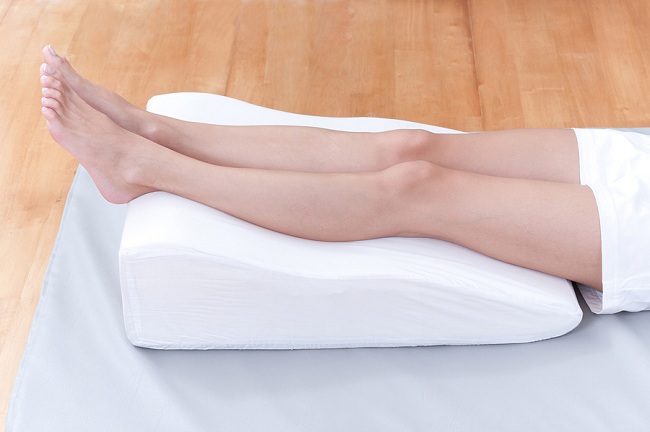- Make It Yourself Lavender Heart-Shaped Bath Bombs!
- 20 Things You Never Knew About “Down There”
- 12 Best Foods For Those Suffering From Arthritis Pain
- 12 Personal Hygiene Mistakes Almost Everyone Makes (Mom Never Told You About #4!)
- 15 Medicinal Plants And Herbs From The Cherokee People
- 12 Mind-Blowing Benefits Of Drinking Coconut Water During Pregnancy
- 12 Outstanding Winter Foods That Won’t Fatten You Up Like A Christmas Turkey
12 Natural Ways To Stop Restless Leg Syndrome (You Won’t Believe #5!)

Photo credit: bigstock.com
Do you or does someone in your family have restless leg syndrome? You might have this annoying problem and not even know it. Restless leg syndrome, also called Willis-Ekborn Disease, is a common neurological disorder that affects untold millions of Americans each year. Those who suffer from restless leg syndrome have pains, aches, or sensations like they must move their legs whenever they lie down or when they are sitting down. Your legs feel like they want to move no matter how tired you might be or how sleepy you might be.
This often happens at night, which causes many people to have either difficulty falling asleep or staying asleep. This can interrupt your quality of life as you don’t get the restful sleep you need. Restless leg syndrome, RLS, occurs more often in women than in men, and although it can happen to anyone at any age, it tends to affect adults more often than teenagers or younger children.
Although the symptoms of RLS can vary in severity and in duration for each person, one thing remains the same; the need to move your legs whenever you lie or sit down. Some people have mild symptoms intermittently, other have more severe episodes. This problem commonly becomes worse with age.
Researchers do not fully understand RLS but they do know that there is some connection to your lifestyle. Your doctor will prescribe medications but there are also numerous home remedies you can try to keep symptoms at bay without resorting to toxic chemical drugs
The following 12 remedies might take a bit longer to work than prescription drugs and not every remedy works for every person, but all of the following remedies are natural and non-toxic.
1. Exercise
According to the Willis-Ekborn Disease Foundation, one of the most effective remedies for those affected by this disease is to get a minimum of 30 minutes of regular exercise each day. Those who get regular exercise report having fewer episodes, less fatigue, and better sleep than those who do not. You don’t need to do intense exercise, just any type of exercise that involves the legs such as jogging, walking, swimming, dancing or bike riding. Yoga in particular has been shown to be very helpful for those with RLS. The Journal of Alternative and Complementary Medicine recently published a study finding that women who were affected by restless leg syndrome had fewer symptoms and less stress when they practiced yoga five days each week.
2. Apple Cider Vinegar
You might be wondering how something as simple as apple cider vinegar can help with RLS. Apple cider vinegar balances the pH level of the body as well as improves the absorption of nutrients. The best way to utilize apple cider vinegar is to add about a tablespoon of it to a glass of water (add some honey to help improve the flavor) and sip it slowly over about a half hour period before bedtime. Do this each night before bed. If you simply cannot bear the taste, you can always take apple cider vinegar tablets, but you will need to speak to your doctor about the proper dosage for your unique situation. You can also try rubbing a small amount of apple cider vinegar on your legs each night before bedtime.
3. Stop Smoking
If you are a smoker, you already know about all the cancer risks that come with smoking, but smoking can also have a negative impact on RLS. Smoking makes you feel jittery and has a negative impact on sleep. It also impedes circulation, which can negatively affect the legs. Quitting is your best choice but if you aren’t ready or if you are having a difficult time quitting, at least cut back, especially before bedtime.
Continue to Page 2
































